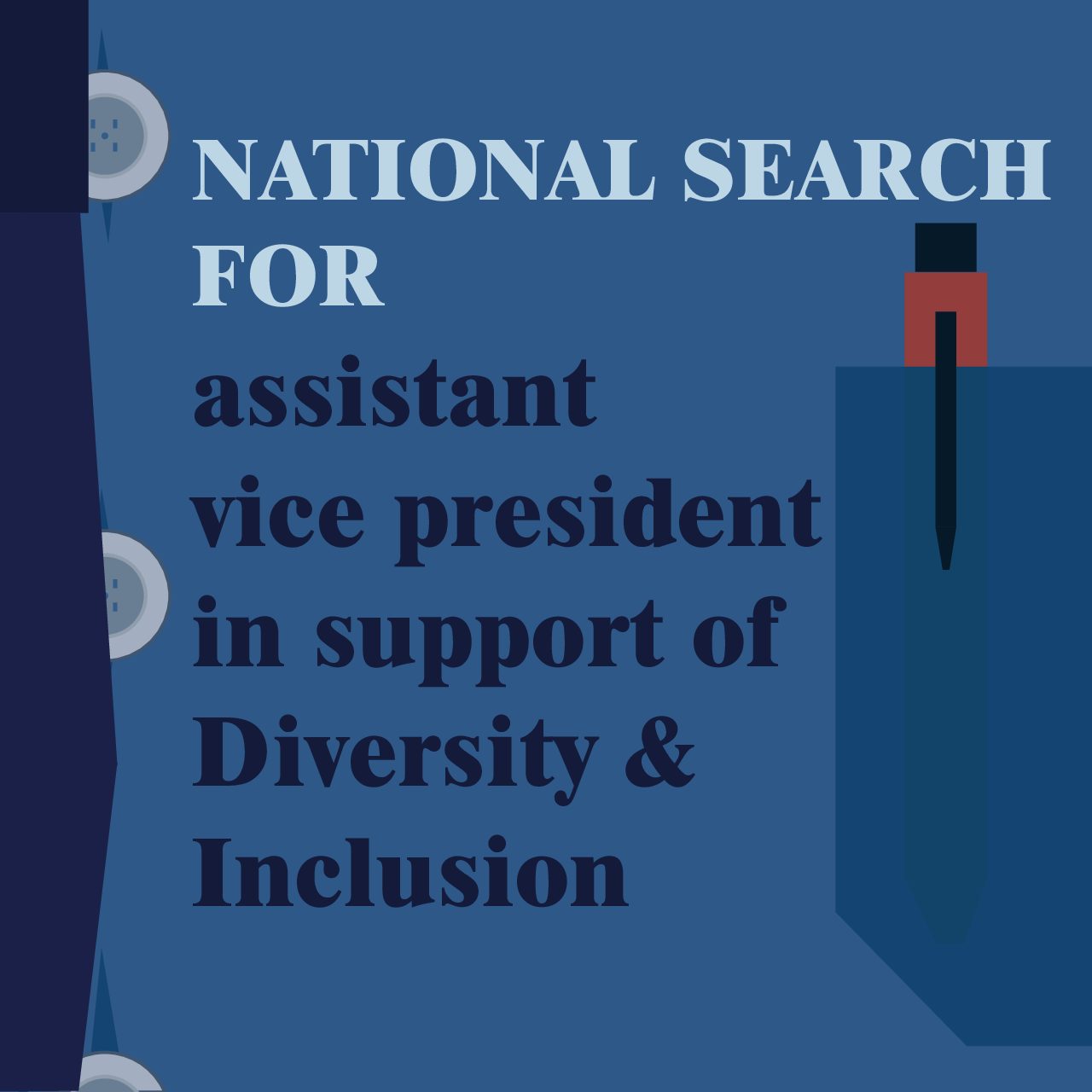The Assistant Vice President of Diversity & Inclusion search is one of the first for NMU and applications closed on Oct. 26. The search advisory committee is preparing to begin interviews in the coming weeks, though the processing does not start until the week of Nov. 27.
Previously the university had Jessica Cruz, chief diversity and inclusion officer, but are hoping to heighten diversity and inclusion efforts and advising further with this new role. The committee is dedicated to finding somebody with vision and strategy to enhance the sense of belonging at NMU for all members, as guided by President Brock Tessman.
Those Tessman has charged with this task are a diverse committee of 13 members, including two co-chairs and one student voice. The committee is aided by the premier national firm AGB Search.
Following these interviews by the search advisory committee, they “will recommend qualified candidates for consideration by the President, who is hiring authority,” according to their website. This portion of their timeline is the final part in the process and will take place the week of Dec. 24.
“We’ve been able to stick to that timeline quite closely. We’ve met our goals as far as timeline,” said co-chair Jill Compton, director of risk management and internal audit. “We plan to have somebody in place for [the] winter semester, hopefully January.”
She said that the plan is to move the right candidate in as gently as possible, understanding that there is a chance they will have to move their whole family.
Compton said their target is six to eight candidates for interviews, but there could be more or less with both internal and external applicants, and they will not know the exact number until they look through all of the applications between Oct. 30 and Nov. 27.
AGB Search hosted a variety of listening sessions in late August to hear about professional and personal attributes of the ideal candidate. They also had an online short survey for those who were unavailable to attend in-person sessions.
The committee’s questions for interviews are planned and they are excited. They have done preparation with AGB Search, going over practices to hire someone in a diversity role, including resources and anti-bias training to take care of implicit bias. Compton also pointed out that the president wants real representation from faculty, staff and students.
“We have a very engaged committee, and it does represent the university quite well,” Compton said.
Issues change and evolve, so there have been different emphases on what kinds of diversity they work on or pay attention to, Compton said. This can be followed through the university’s Diversity Common Reader Program, where she said students get an idea of both diversity issues and diversity solutions.
Some strategy examples Compton provided for encouraging more diversity on campus and this sense of belonging were providing quality programming, making sure that faculty have the resources that they need to include diversity, inclusion and belonging issues in the academic side of the campus and building partnerships with the community. She also mentioned how hate speech and bias is handled.
“Right now, there is a mechanism to report hate speech and bias, but there [are] some best practices that we could adopt to handle those issues better,” Compton said.
The emphasis the university puts on diversity issues is important, Compton said. She has experience supervising in the Student Equity and Engagement Center (SEEC) and has also been involved in diversity on campus through the President’s Committee on Diversity for almost a decade.
“One of the benefits of working at a university and even living in a university city is that diversity, inclusion [and] belonging are important issues to everyone,” Compton said.








